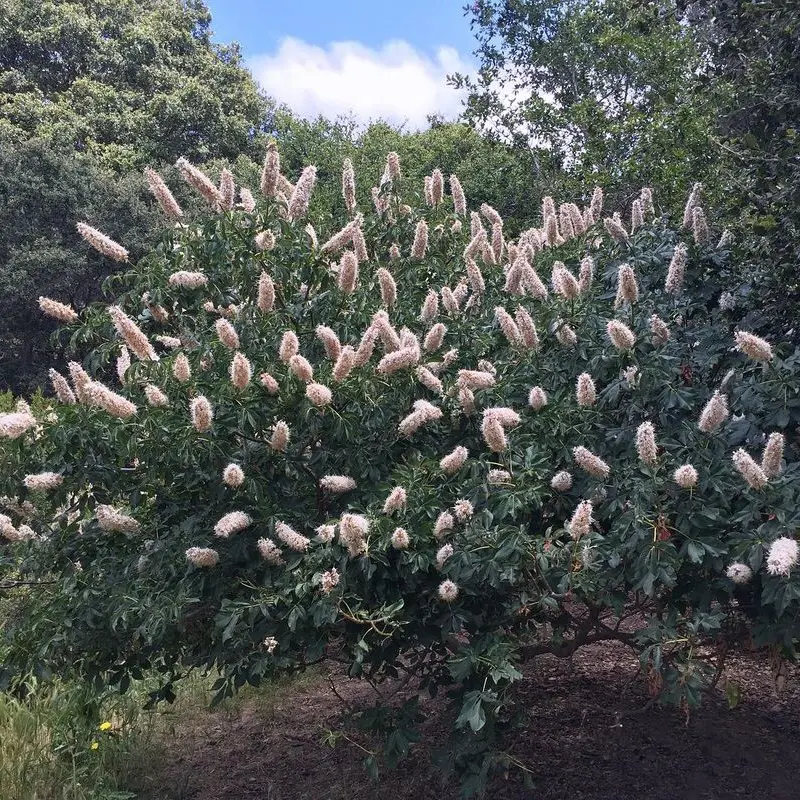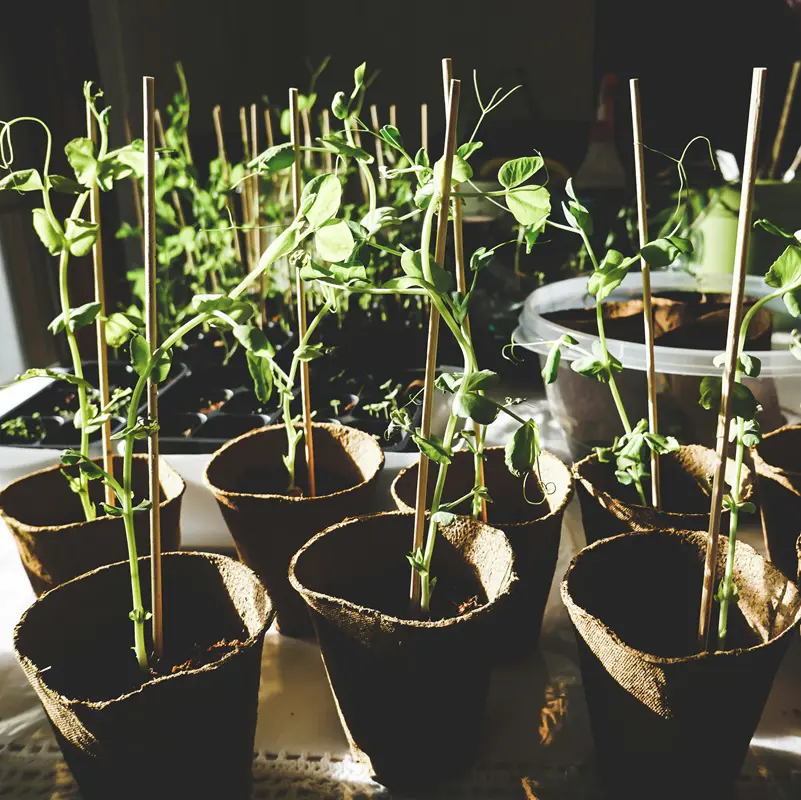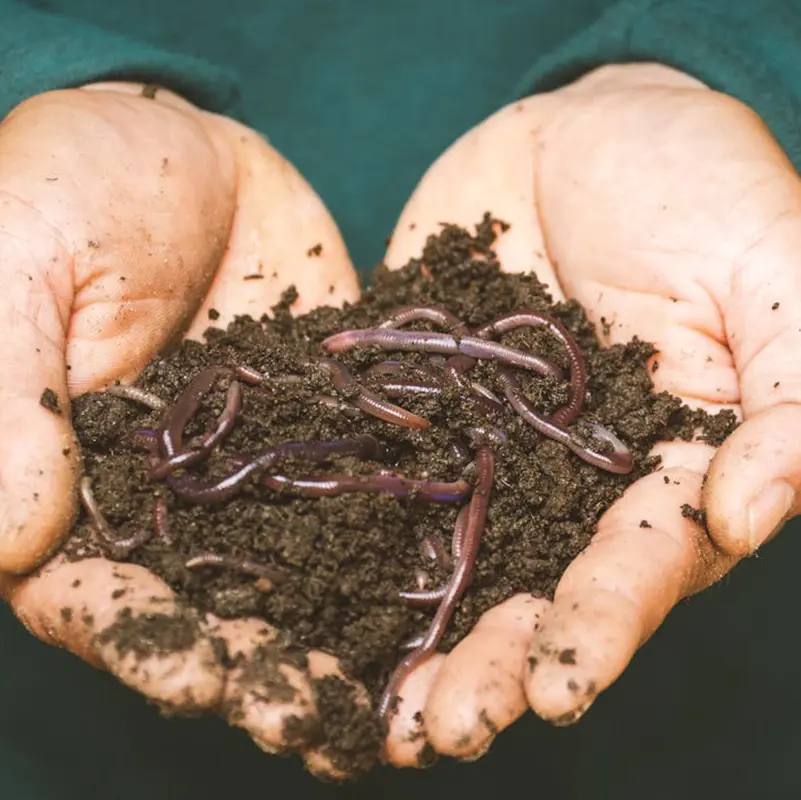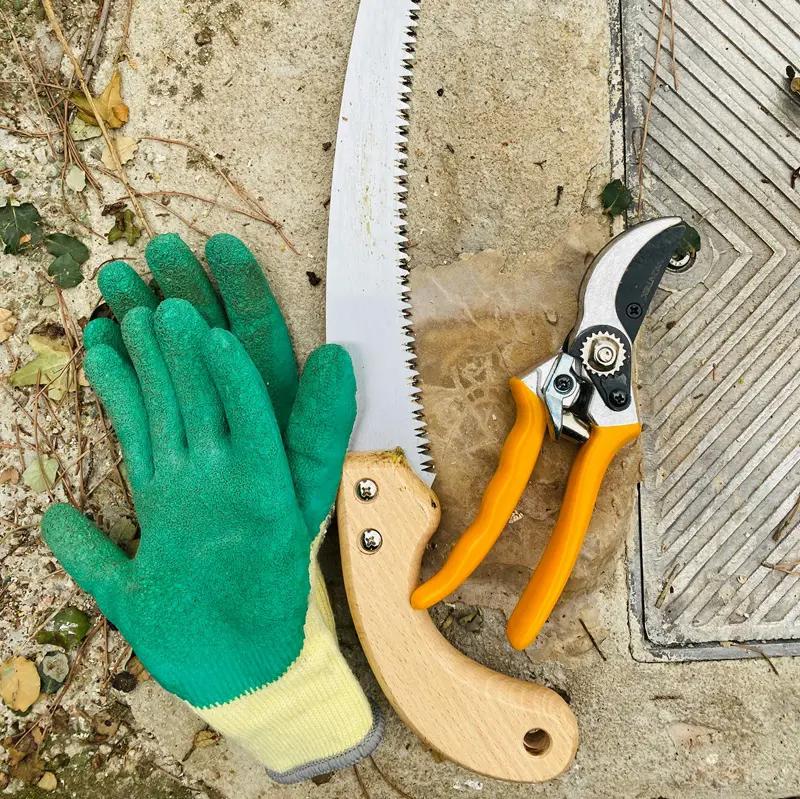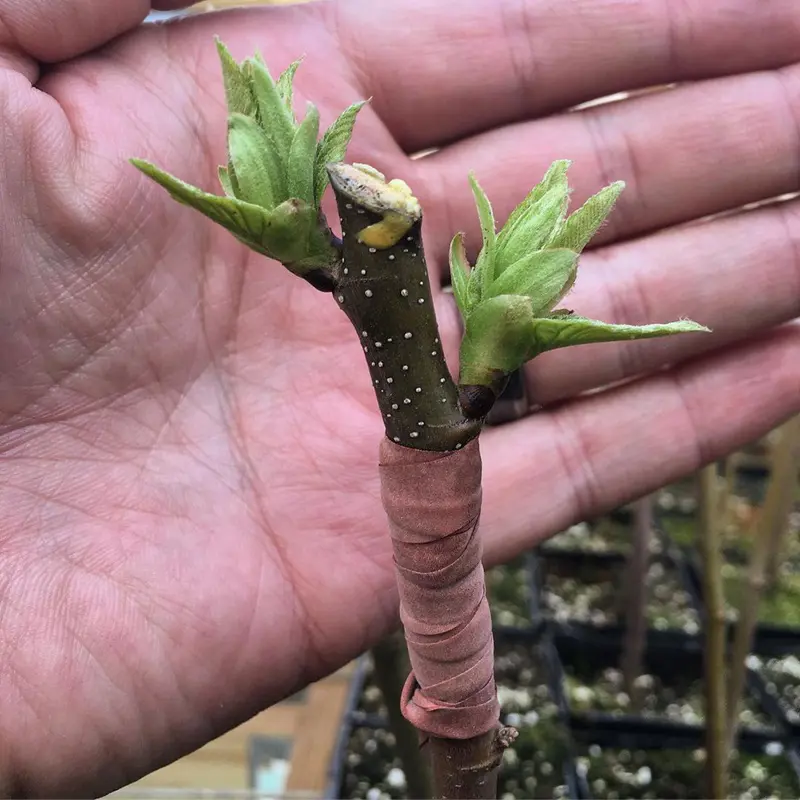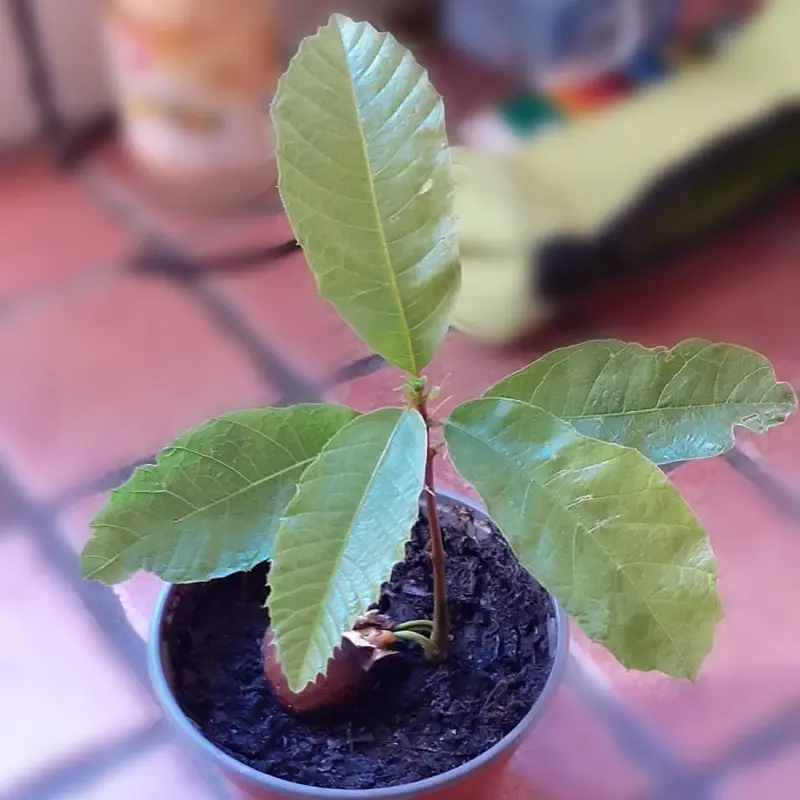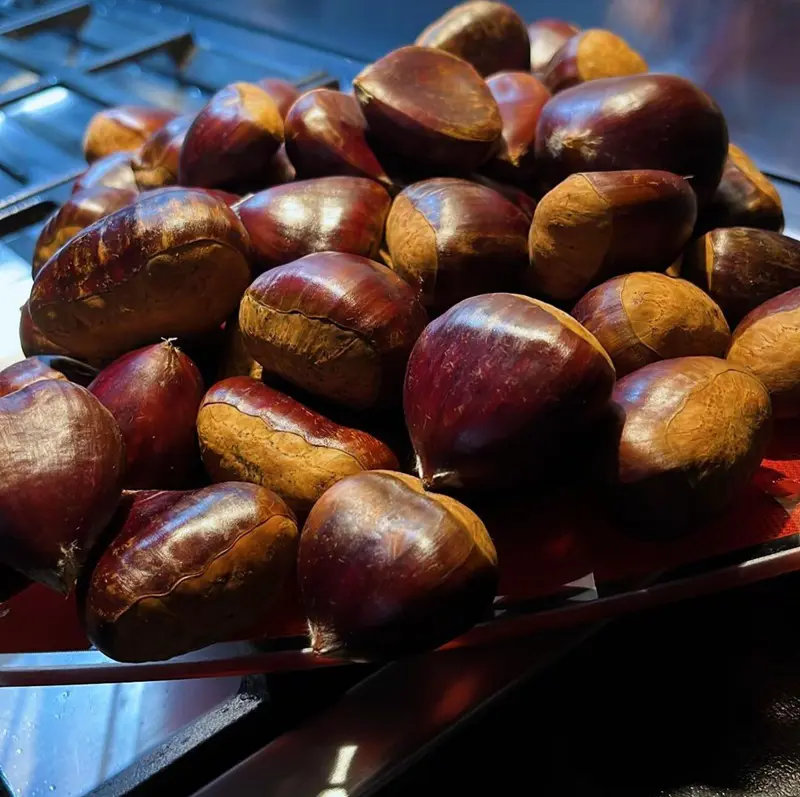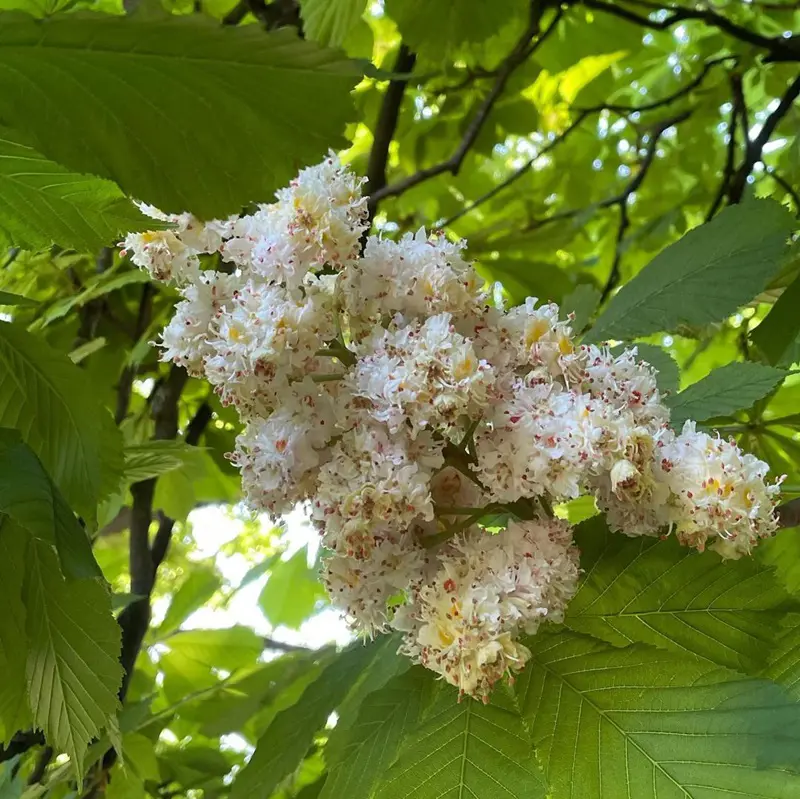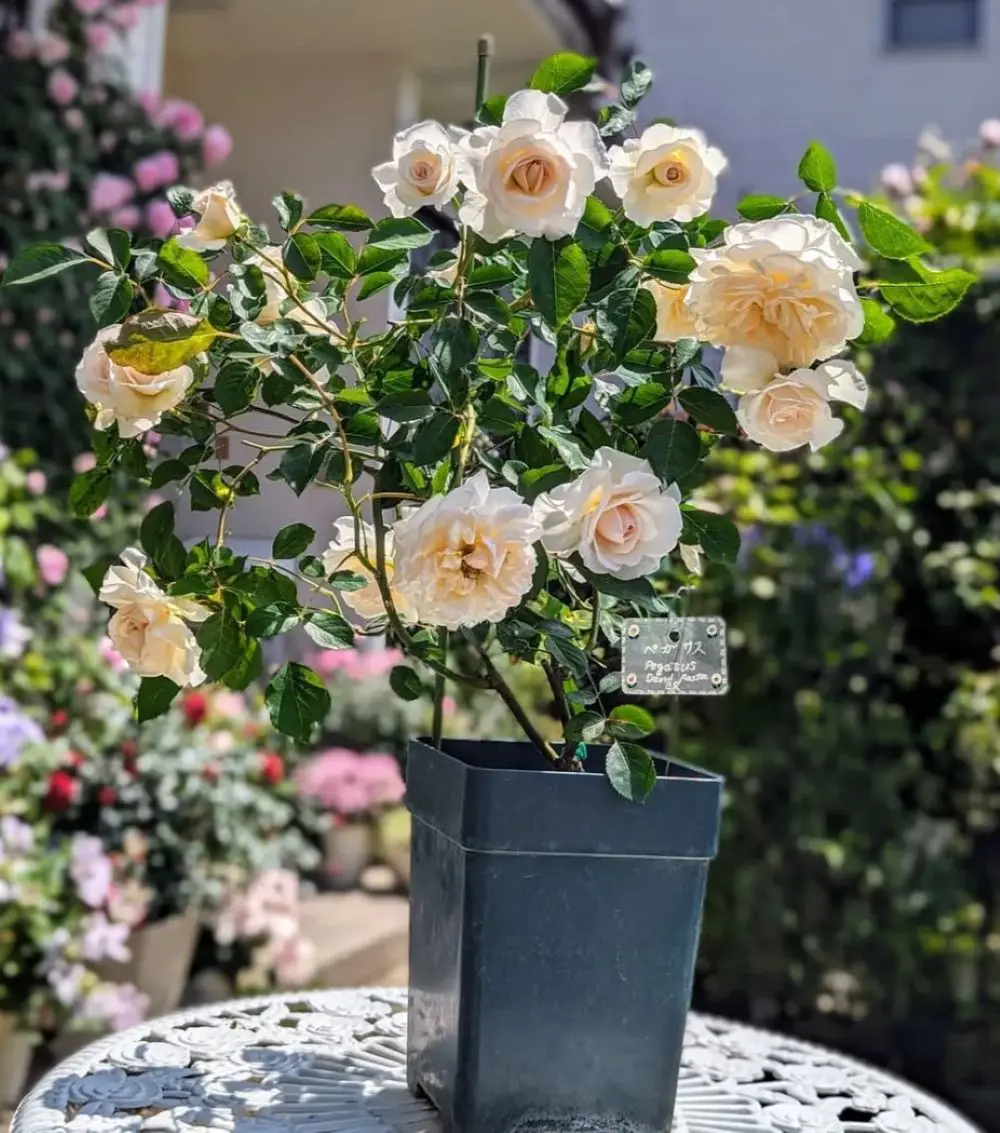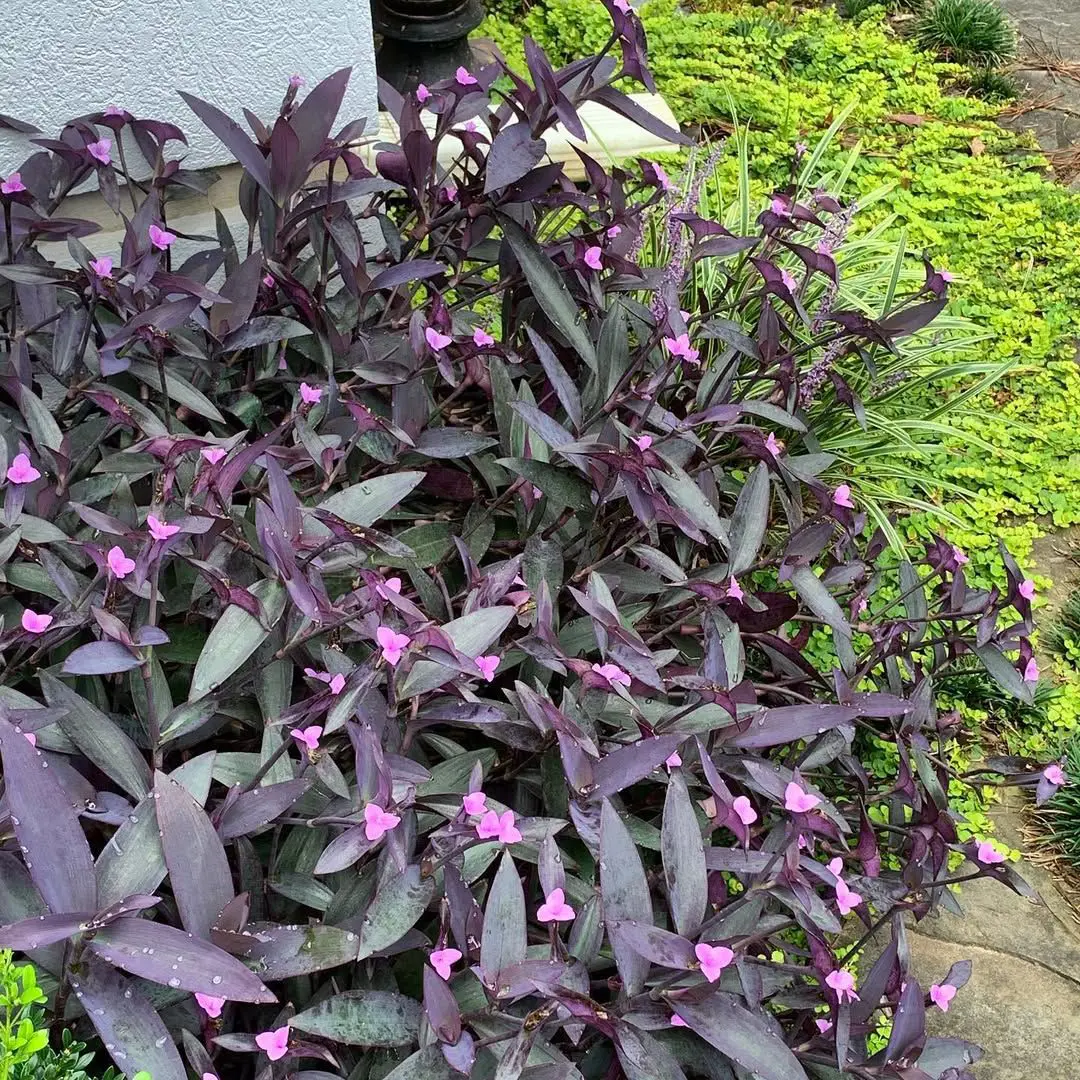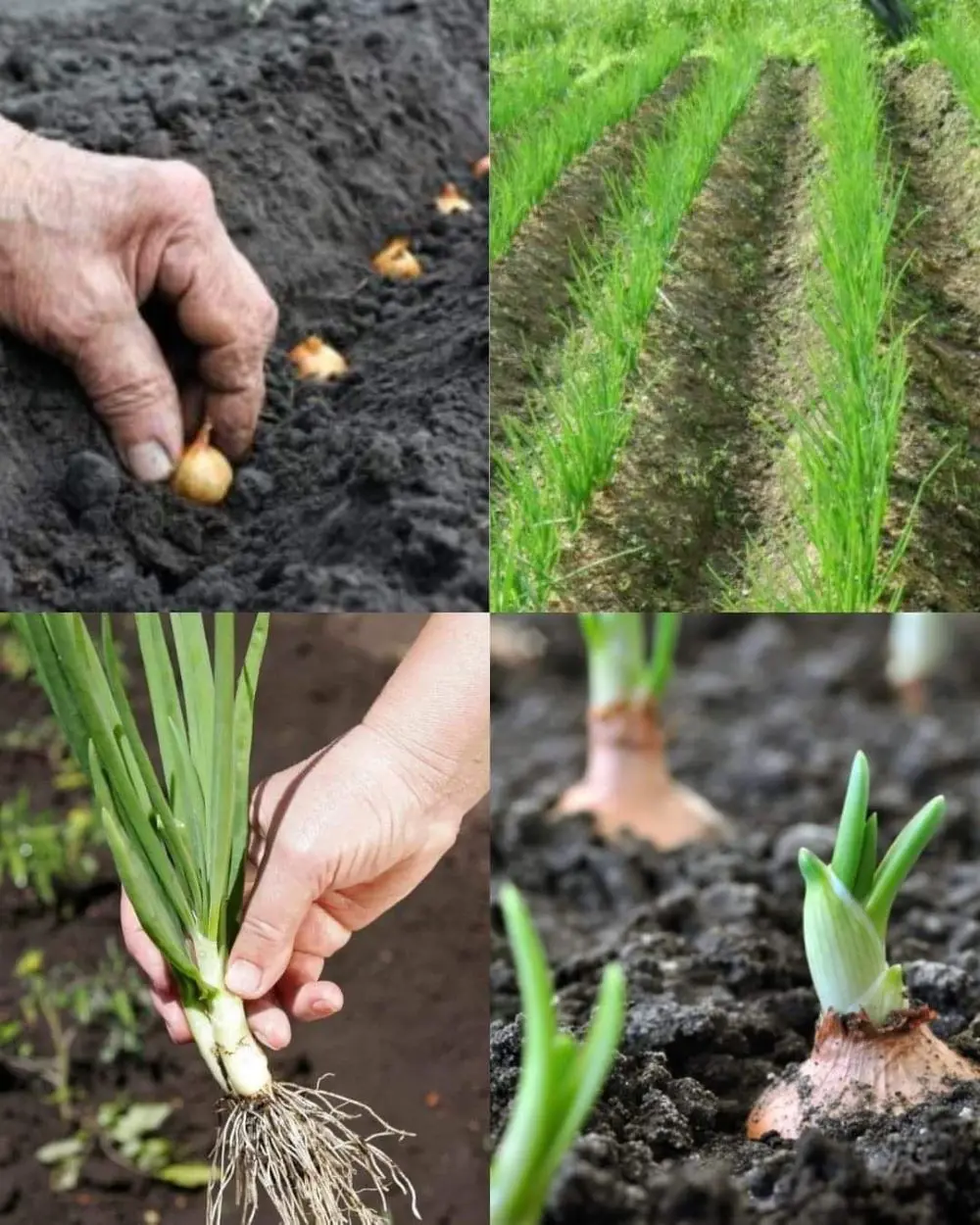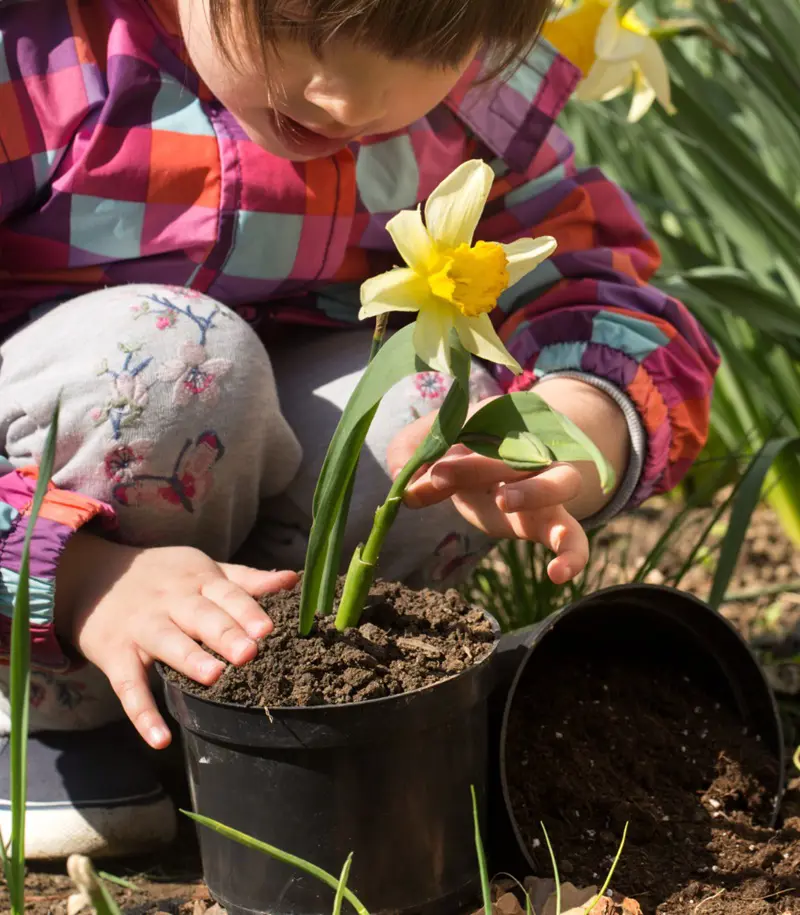When and Where to Plant Chestnuts?
Do you want to plant chestnut but have been puzzled by a series of thoughts that always end up with "But where to plant it?" and "When should I plant it?" This has been the most common question among the gardeners. So follow along to find answers;
Light
To flourish well, chestnut trees need at least six hours of direct sunlight every day. So you might want to choose a place that receives ample amount of sunlight each day.
In the absence of sunlight, chestnut trees will for sure produce fewer nuts and may even be susceptible to pests and diseases. So for the healthy growth of the Chestnut tree, sunlight is a must!
Spacing
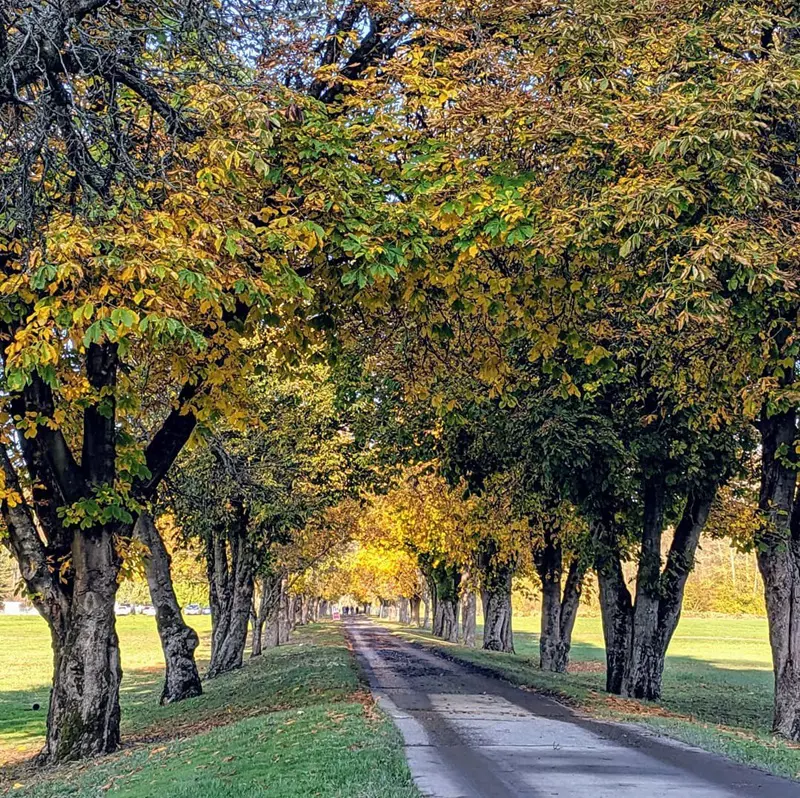
Chestnut Trees can grow up to 60 feet tall and 40 feet wide. For optimal growth, it's recommended to plant them with a spacing of 30 feet by 30 feet (yielding 54 trees per acre) or 40 feet by 40 feet (25 trees per acre).
This spacing will provide extra room for branches to expand and roots to settle down without having to compete for nutrients with other chestnut trees. So make sure there is room for proper spacing before planting chestnut trees.
Soil
The soil requirement for chestnut trees is to choose a well-draining soil that is slightly acidic to neutral. Soil with a pH ranging from 5.5 to 6.5 sits just right with chestnut trees.
Since chestnuts are super sensitive to heavy clay soils, make sure you take precautions before planting. Maybe try planting chestnuts on a slope. Be sure your soil has good drainage as waterlogged soil will lead to root rot and you don't want that for sure.
Planting Time
The season for planting chestnut trees whether from seeds or seedlings is springtime. Planting chestnut trees during the spring season gives time for trees to grow fully and develop their root system before facing the stress of summer.
Planting during the Spring season will promote the healthy growth of trees with the maximum number of nuts produced.
